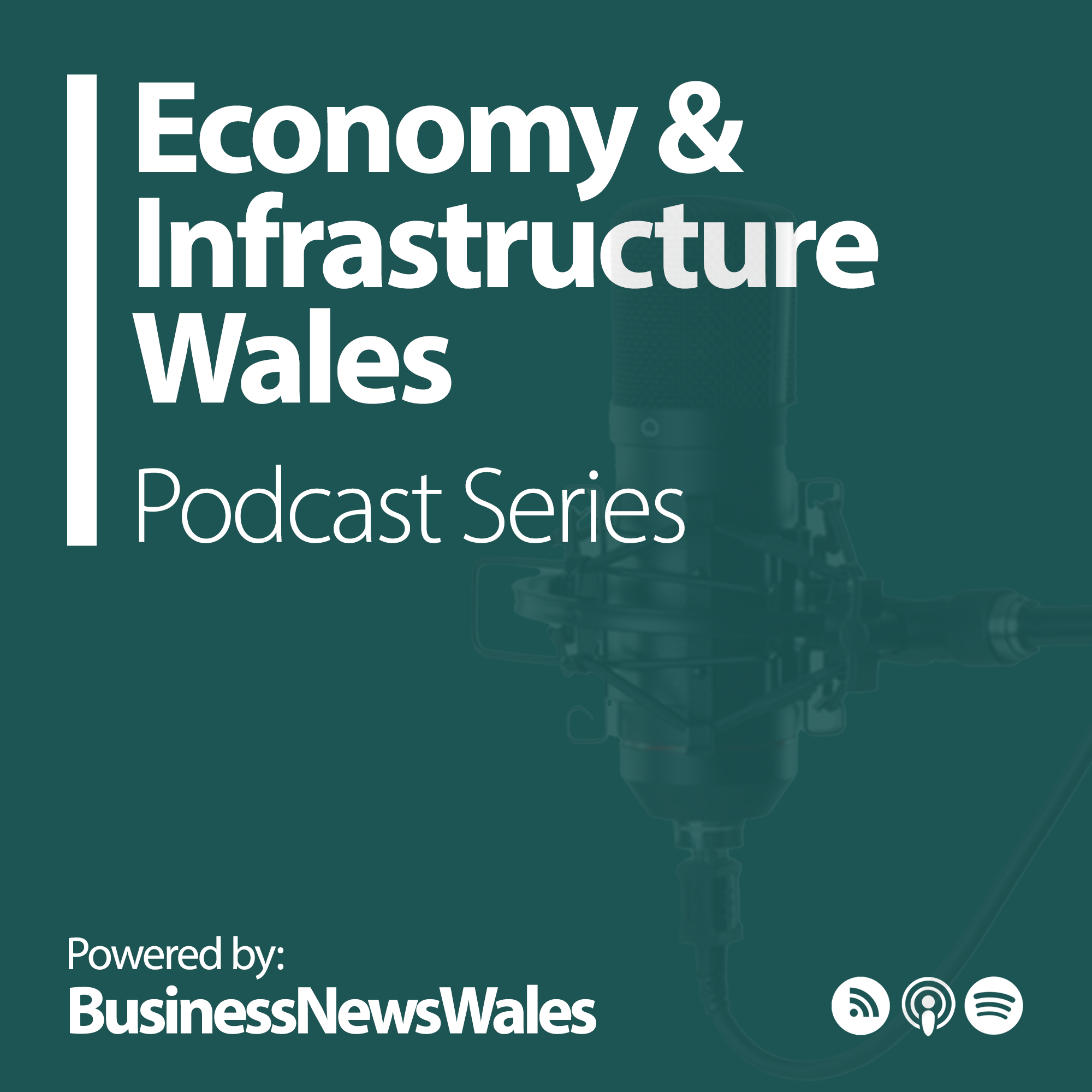
GUEST COLUMN:
Dr Edward Thomas Jones
Senior Lecturer in Economics
The Albert Gubay Business School, Bangor University

Donald Trump’s UK visit underscored a growing US–UK tech partnership, with AI infrastructure and major investments at its core. Wales, with decades of semiconductor expertise, now faces a pivotal moment: investing boldly in talent, connectivity, and AI could turn its long-standing know-how into global leadership and sustainable economic growth.
Trump in town, tech in focus
Donald Trump’s recent UK visit, invited by Prime Minister Keir Starmer during their Oval Office meeting, wasn’t just ceremonial – it marked a decisive push to cement the UK–US economic partnership following the May 2025 trade deal. UK honoured Trump with full royal honours at Windsor Castle, marking a rare event in British history where a foreign leader received two state visits.
Central to the visit was the “Technology Prosperity Deal,” a pact between the UK and US meant to deepen cooperation between the two countries in areas seen as critical for future economic strength. On the back of this, major US tech firms committed tens of billions of pounds’ worth of investment in the UK. For example, Nvidia announced a £2 billion investment to develop the infrastructure needed for, according to the company’s president, the UK to become an “AI superpower”. Developing AI infrastructure isn’t just about software; it’s about building the backbone that makes AI possible. This means having powerful computer chips and servers, big data centres, quick networks, and the tools and skilled workers to analyse data to get useful information.
Data centres: The hidden engines of AI
Data centres are the backbone of the AI race. They provide the massive computing power, secure storage, and fast networks that allow AI models to be trained, tested, and deployed at scale. Without them, even the best AI models stall, and countries risk falling behind in both economic and technological influence. Hosting advanced AI infrastructure isn’t just about innovation; it’s about securing strategic advantage, attracting investment, and ensuring a country can compete on the global stage. Simply put, no AI superpower exists without world-class data centres.
According to McKinsey (a US consultancy firm), meeting the soaring demand for computer power could require investment equivalent to twice the size of the UK economy by 2030, with about three-quarters of that dedicated to AI workloads alone. By mid-2025, US data-centre spending is rivalling, and in some regions overtaking, new office construction, though the crossover isn’t complete nationwide. This trend reflects the rise of remote work and a rethinking of what is needed for the future economic prosperity. The US is staking its technological leadership on digital infrastructure, betting that computing capacity will matter more than office towers in the years ahead.
South Wales is AI’s hidden powerhouse
Wales has been laying the groundwork for AI for decades, quietly building the foundations that today underpin some of the world’s most advanced technologies. Over the past 40 years, a unique combination of high-tech manufacturing, cutting-edge academic research, government support, and private investment has transformed South Wales into a global hub for compound semiconductors. These next-generation chips – faster, more powerful, and far more energy-efficient than traditional silicon – are at the heart of a wide range of technologies, from advanced communications to renewable energy systems, and increasingly, AI. Their performance and efficiency make them critical to applications that demand both speed and scale, positioning South Wales at the forefront of the digital revolution.
The region’s semiconductor expertise traces back to the 1980s, when Cardiff University, the UK Government, and pioneering technology companies began collaborating on research and development. This early investment planted the seeds of a sophisticated industrial ecosystem, which over the decades has expanded into a full chain of capabilities: from initial R&D and wafer manufacturing through to the production of packaged devices ready for global markets. In 2015, these efforts culminated in the launch of CSconnected — the world’s first compound semiconductor cluster — cementing South Wales’ reputation as a leader in the field.
Today, the stakes are higher than ever. Global demand for semiconductors continues to surge, and nations such as China are making massive state-backed investments to secure their own supply chains. Against this backdrop, South Wales’ established ecosystem, built on four decades of accumulated expertise, offers a rare competitive advantage — one that is extremely difficult to replicate. Yet having this edge is only the first step. The real challenge lies in translating it into tangible growth: accelerating innovation, commercialising breakthroughs, nurturing the next generation of talent, and leveraging the region’s position to create lasting economic and technological impact. With the right strategy, South Wales is not just participating in the global semiconductor race, it has the potential to lead it.
Balancing risks and rewards
Of course, there are trade-offs and risks. Wales will need enough skilled workers to meet demand, manage the energy and environmental costs of massive data centres, and ensure that the benefits of AI and cloud technologies are felt across the country, not just in a few hotspots. Heavy reliance on foreign tech firms also raises questions about sovereignty, and some have already warned that deals like the “Technology Prosperity Deal” could give US companies too much influence in the UK.
For Wales, however, these challenges are also opportunities. AI and cloud computing are reshaping the global economy, and without strategic investment in digital infrastructure, regions risk being left behind. The lesson is clear: 21st-century prosperity will be built not on towers of glass and steel, but on networks, computational power, and the policies that allow them to thrive. Wales has the talent, experience, and vision to seize this moment, but it will need to act boldly, investing in people, connectivity, and systems that turn AI from a distant buzzword into a driver of real, sustainable growth.














